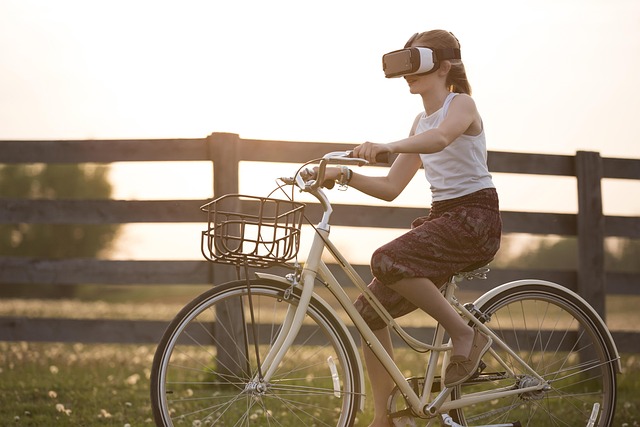The emergence of virtual reality in robotics is reshaping how businesses approach automation and control. As industries strive to improve efficiency and reduce costs, integrating VR technology into robotics and artificial intelligence (AI) offers unprecedented possibilities, transforming traditional workflows and operational methodologies.
Imagine stepping into a virtual world where you don’t just observe but actively manipulate and control robotic systems. With VR, engineers and operators can immerse themselves in digital environments that simulate real-world scenarios. This level of engagement allows for hands-on interaction with robotic systems without the risk and expense of physical prototypes, fostering innovation in automation processes.
The synergy between artificial intelligence and robotics is already revolutionizing sectors such as manufacturing, logistics, and healthcare. By incorporating VR into these frameworks, businesses can train AI algorithms more effectively, allowing robots to learn and adapt in a controlled, virtual space. For instance, a manufacturing company can use VR to visualize and interact with the assembly line, fine-tuning the roles of various robots before implementing the changes in reality.
Moreover, the ability to visualize complex data is crucial in decision-making. VR can help managers see potential bottlenecks in operations or evaluate the effectiveness of a new automation strategy in a virtual setting before executing it in real life. This foresight reduces costly errors and streamlines the implementation process.
As businesses increasingly adopt virtual reality in robotics, they find that the technology not only enhances productivity but also improves employee training and engagement. VR simulations provide a safe space for workers to practice their skills, reducing the learning curve associated with handling advanced robotic systems. This immersive training can lead to greater employee satisfaction and retention, as workers feel more confident and competent in their roles.
Furthermore, the potential for remote collaboration is greatly enhanced. Teams spread across different locations can work together in a shared virtual space, allowing for real-time input and adjustments to robotic systems. This capability is particularly beneficial in today’s global economy, where businesses often rely on varied expertise from across the globe.
As the integration of VR in automation technologies becomes more widespread, businesses must stay ahead of the curve. The potential to innovate and transform operations through virtual reality in robotics cannot be understated. Organizations that embrace this revolutionary technology will likely have a competitive edge, harnessing the power of AI and robotics to streamline processes and drive efficiency.
In a world where adaptability and technological advancement dictate success, the role of VR in robotics and automation is only expected to grow. For businesses looking to modernize their operations and achieve higher levels of control, the exploration and implementation of these advanced technologies will be key in shaping a sustainable and efficient future.




